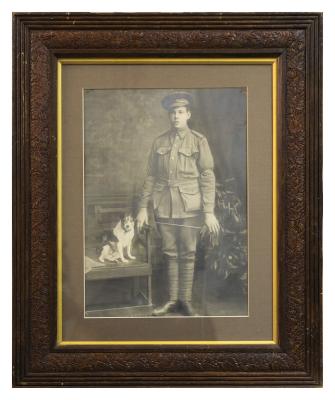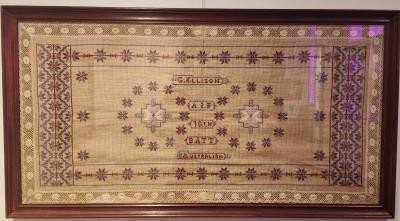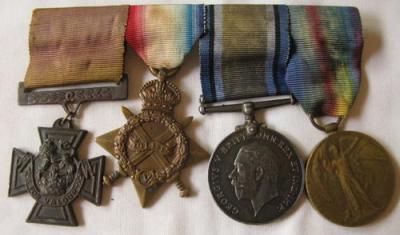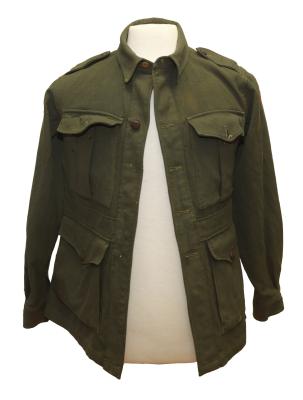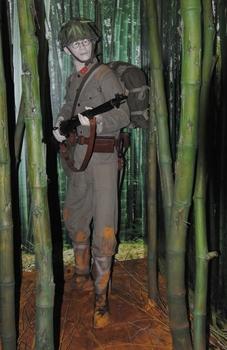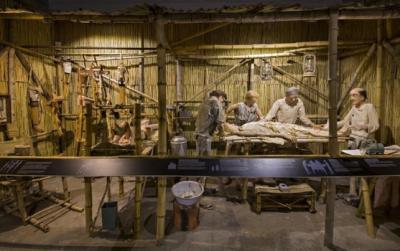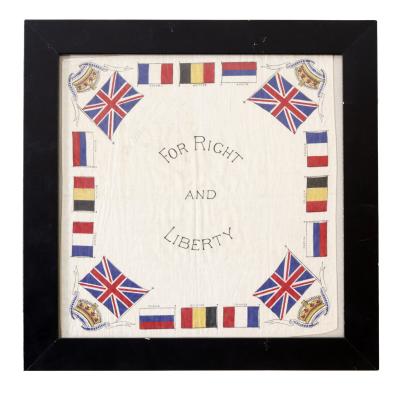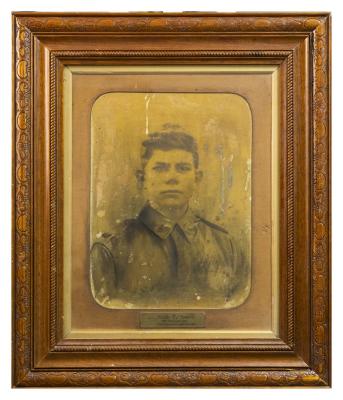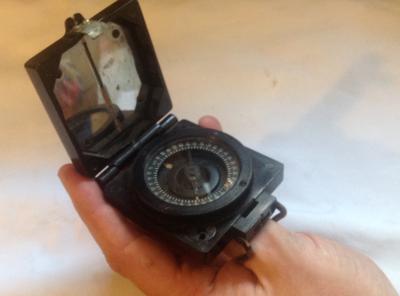Victoria Cross - Lieutenant William St Lucien Chase VC, Khandahar Afghanistan, 16 August 1880
The Victoria Cross is the highest award for acts of bravery in wartime. It was instituted in 1856 by Queen Victoria and made retrospective to 1854 to cover the period of the Crimean War. It is possible for any serving member of the armed forces to obtain this award.
The decoration is a bronze cross pattée 41 mm high, 36 mm wide, bearing the crown of Saint Edward surmounted by a lion, and the inscription "for valour" . The decoration, suspension bar, and link weigh about 27 grams. The cross is suspended by a ring from a seriffed "V" to a bar ornamented with laurel leaves, through which the ribbon passes
The ribbon is crimson, 38 mm wide. Although the army warrants state the colour as being red, it is defined by most commentators as being crimson or "wine-red".
Details
Details
The reverse of the suspension bar is engraved with the recipient's name, rank, number and unit. On the reverse of the medal is a circular panel on which the date of the act for which it was awarded is engraved in the centre. Each Victoria Cross is unique in that the medal is cast and hand finished including a secret identifying mark..
Chase's Victoria Cross is contained within a medal group as follows: "Medal Group as follows:
* Victoria Cross rear engraved 16th Aug 1880, suspension bar engraved Lieut William St. Lucien Chase, Bombay Staff Corps
* Companion The Most Honourable Order of the Bath (CB)
* Afghanistan Medal (1878-80) with clasp 'Khandahar' engraved capitals W ST L CHASE 28th BO NI
* India General Service Medal (1854-95) with clasp 'LUSHAI' engraved in running script Captain W ST L CHASE 28th BO Infy
* India Medal (1895-1902) with clasps 'TIRAH 1897-98' and 'PUNJAB FRONTIER 1897-98' engraved in running script Major W ST L CHASE VC 28th BO Pioneers"
(See photo 3)
The citation in the London Gazette of 7 October 1881 stated:
For conspicuous gallantry on the occasion of the sortie from Kandahar, on the 16th August, 1880, against the village of Deh Khoja, in having rescued and carried for a distance of over 200 yards, under the fire of the enemy, a wounded soldier, Private Massey, of the Royal Fusiliers, who had taken shelter in a blockhouse. Several times they were compelled to rest, but they persevered in bringing him to a place of safety.[2
Open in Google Maps
Nearest geotagged records: View all geotagged records »
Australian Army Museum of Western Australia
Australian Army Museum of Western Australia
Other items from Australian Army Museum of Western Australia
- World War 1, Western Australia, 2354 LATTO, 43 Battalion
- World War 1, Soldier Embroidery, 6504 ELLISON, 10 Battalion
- Miniature Medals including Victoria Cross - Lieutenant Hugo Throssell VC
- World War 2, Western Australia, Perth, Volunteer Defence Corps Tunic, GRAHAM, 1943
- Medal Group - Lieutenant Arthur Wilfred (Pompey) Gull MC
- Diorama - Malaya, "He's Coming South", 1942
- Diorama - Worls War 2, Burma-Thai Railroad, 1943
- World War 1, Western Australia, Souvenir Patriotic Hankerchief, 1765 COLLINS, 10 Light Horse
- World War 1, Western Australia, Souvenir Patriotic Hankerchief, 7718 COLLINS, 16 Battalion
- World War 1, Western Australia, 2220 HOWARD, 11 Battalion
- World War 1, Sweetheart Souvenir Parcel from Ypres, LONGMORE / SUTTON, 1918
- Magnetic Marching Compas, Mk 1
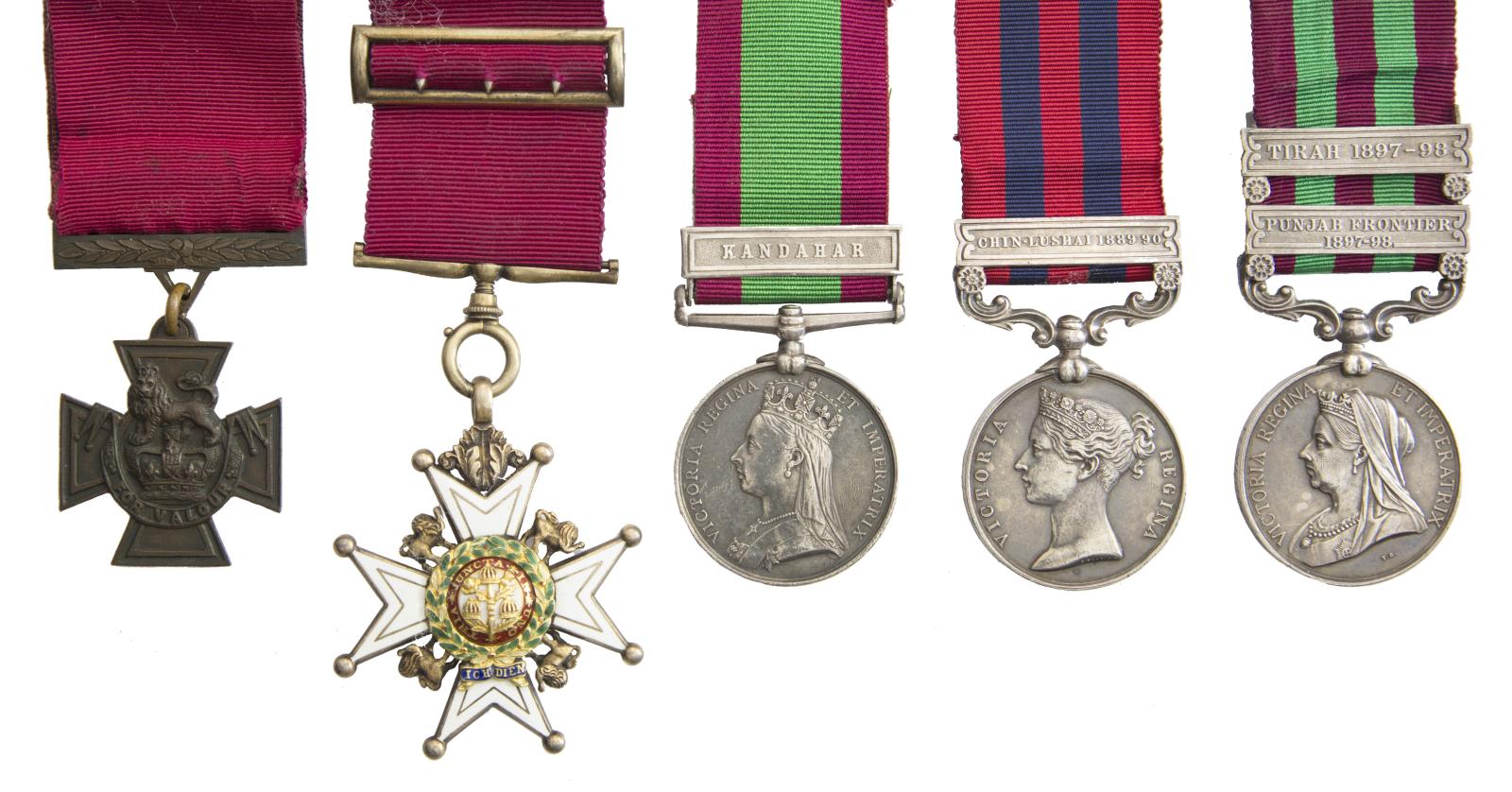
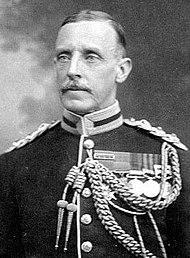
Scan this QR code to open this page on your phone ->

